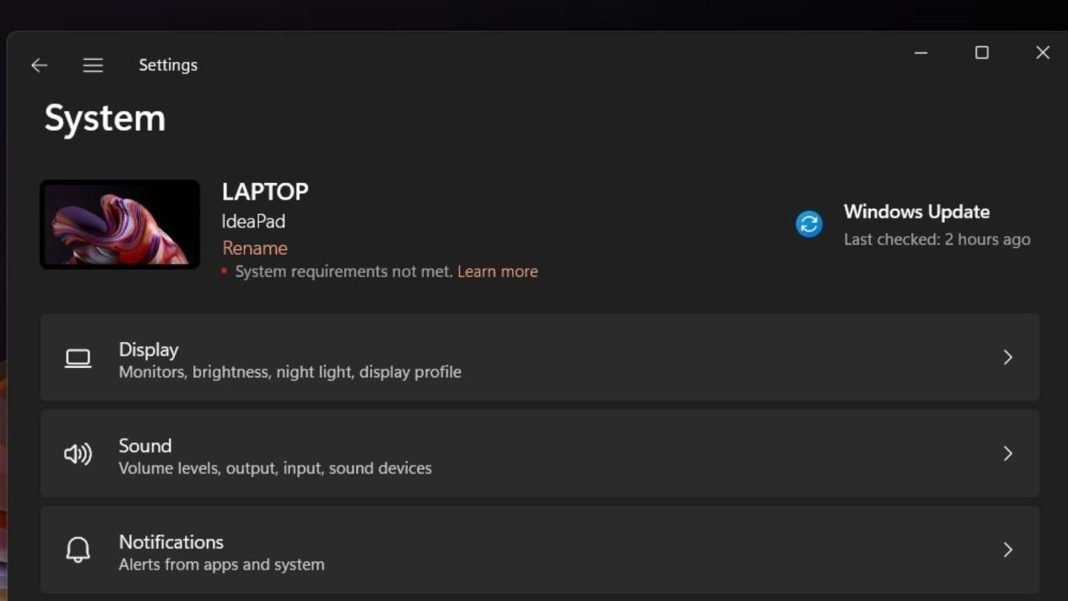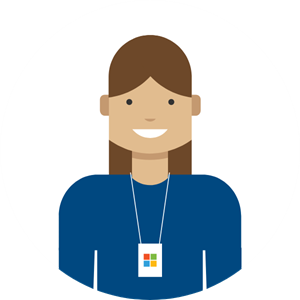

For these single user applications, the use of Microsoft client operating systems such as Windows 10, Windows 8 and Windows 7 is appropriate. You can also enable a variety of remote access configurations to give a single user access to one or more machines from one or more locations – for the ultimate computing access flexibility. For example, you can use NComputing systems to construct digital display systems and multi-monitor workstations. NComputing technology enables a variety of single user configurations. You may not use virtualization, multiplexing or short-term reassignment of licenses to reduce the number of licenses required.įor more information on licensing Windows client operating systems such as Microsoft Windows 8 with virtual machine technologies, refer to the following Microsoft licensing brief titled: " Licensing Windows Desktop OS for Virtual Machines." Note that in all cases, the license terms for your specific version of Windows and the terms of your NComputing vSpace EULA govern your rights and obligations in these use models.
#Microsoft windows license help software
The virtual machines can be run directly on a hypervisor or on machine virtualization software such as Microsoft Hyper-V running in a Microsoft Windows Server operating system. VDA for thin client licensing is an annual subscription license available in Microsoft Volume Licensing. This VDA licensing approach is available for both PCs as access devices and thin clients – the latter of which applies to NComputing access devices. The primary approach to OS licensing in this scenario is to use Microsoft Windows Virtual Desktop Access (VDA) licensing. In environments where a remote access device connects to a Microsoft client operating system (such as Microsoft Windows 10, Windows 8, or Windows 7) that is running inside a virtual machine that is, in turn, running on a host computer, a different set of Microsoft licensing options apply. (1) The diagram shows an example configuration with five users sharing a single computer running Windows MultiPoint Server.įor further details on Microsoft’s multi-user licensing please refer to Microsoft’s website and licensing brief titled: " Licensing Windows Client and Server Operating Systems in Multiuser Scenarios"ġ:1 Virtual Desktop Infrastructure (VDI): A single user accessing a virtual instance of an operating system hosted on a server

In addition a Microsoft Windows Server Client Access License (WS CAL) and a Microsoft Remote Desktop Services Client Access License (RDS CAL – formerly known as a Microsoft Terminal Services Client Access License or TS CAL) are required for each end-user or device that accesses Windows Server (and for the host computer if the host computer is used as a user station).Īlso, Microsoft's Windows Multipoint Server can be used and instead requires a Windows MultiPoint Server CAL (WMS CAL) for each access device (and for the host computer if the host computer is used as a user station).

This means that the shared host computer (or virtual machine) runs a Microsoft Windows Server operating system.

Multi-user Single OS: Multiple simultaneous interactive users sharing a single operating systemįor applications where multiple interactive users are simultaneously sharing a single operating system, standard Microsoft Windows Server licensing applies.


 0 kommentar(er)
0 kommentar(er)
